The Vegetable Orchestra
Naschmarkt, 2013
It’s the 15th anniversary of the Vienna-based Vegetable Orchestra and still most people are suprised when they hear about whom we are about to film: “How do you mean Vegetable Orchestra? Do they really make music with vegetables?” Indeed the preparations for a show starts with buying fresh vegetables at the local market. The Vegetable Orchestra’s studio is just a stone’s throw from Naschmarkt, the place where they gather huge amounts and all kinds of vegetables. In a workshop session the collective, that is united by a love to experiment, transforms the colourful diversity in well-sounding instruments. Some are ready-made like the pumpkin-drum or the leek-violin, some are rather complex like the carrot-flute or the celery-guitar. No doubt, it’s already a visual feast, but once on stage it also turns into a sonic one! Deep bass beats, varied percussive elements and simple melodies lines define the vegetable sound that gets audiences across the world excited.
- Camera
- Sarah Brugner
- Simon Brugner
- Michael Luger
- Sound Recording
- Matthias Leihs
- David Ruhmer
- Sound Mix
- David Ruhmer
- Post production
- Simon Brugner
- Michael Luger
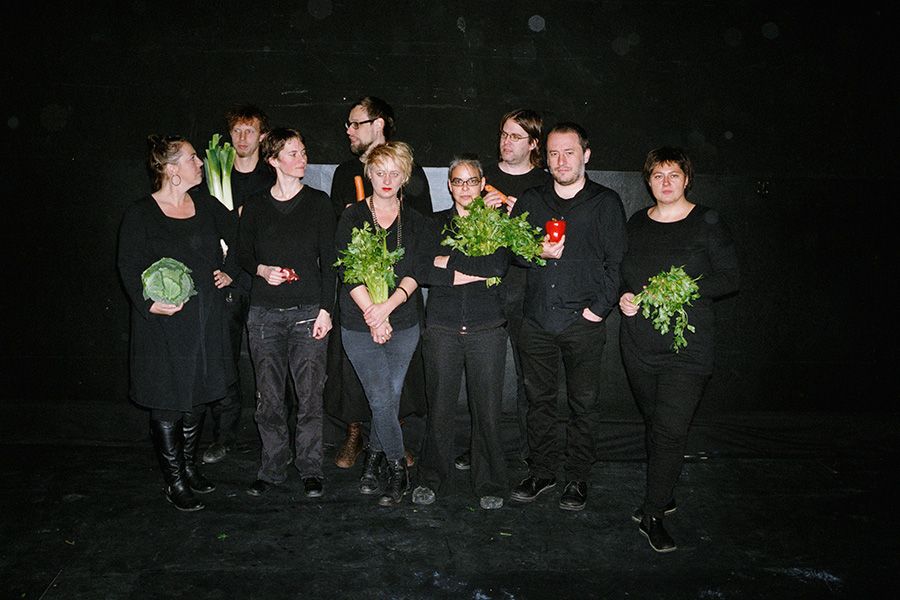

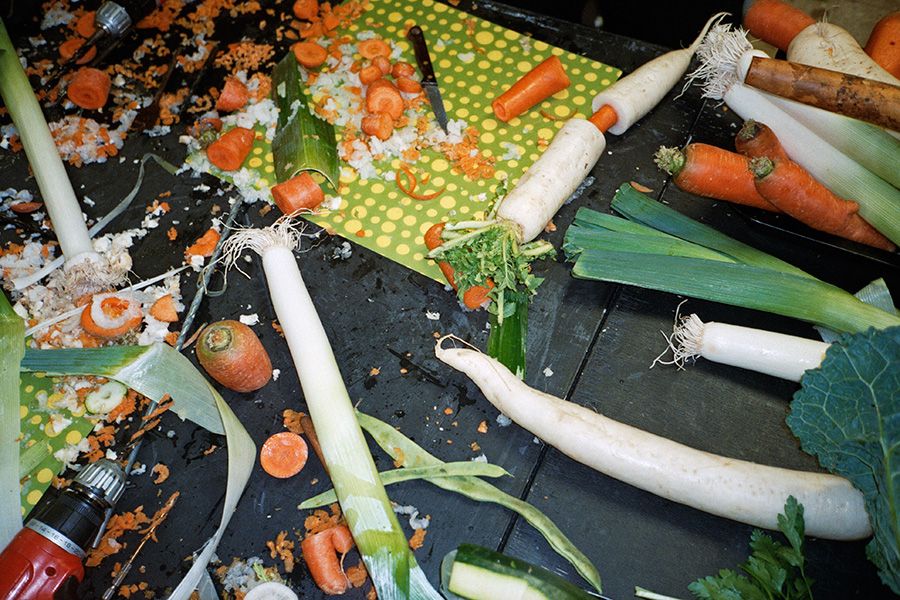
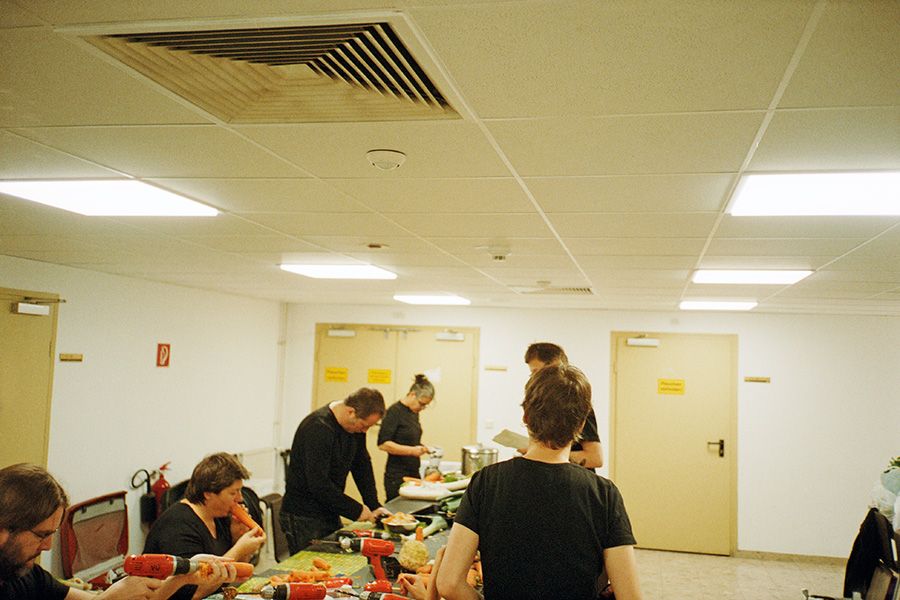
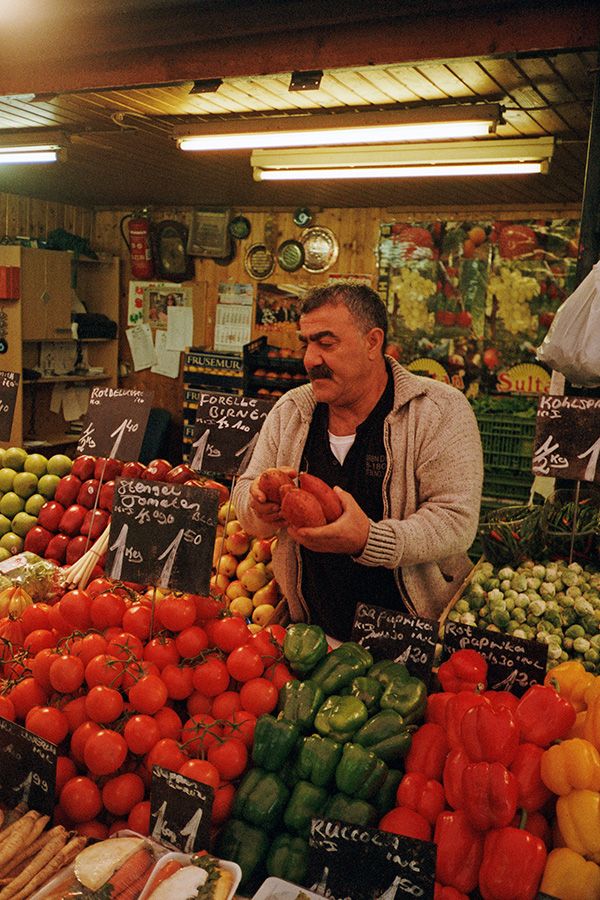

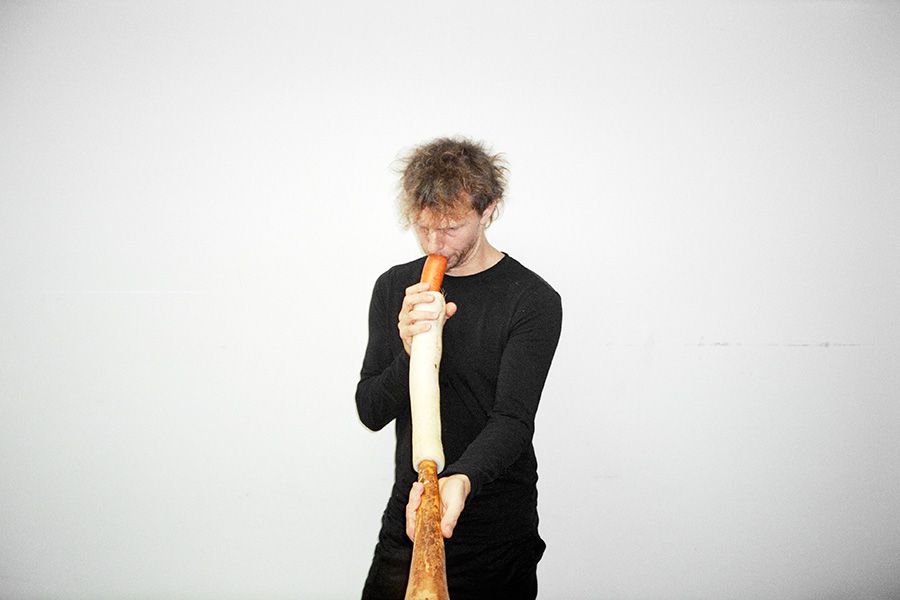
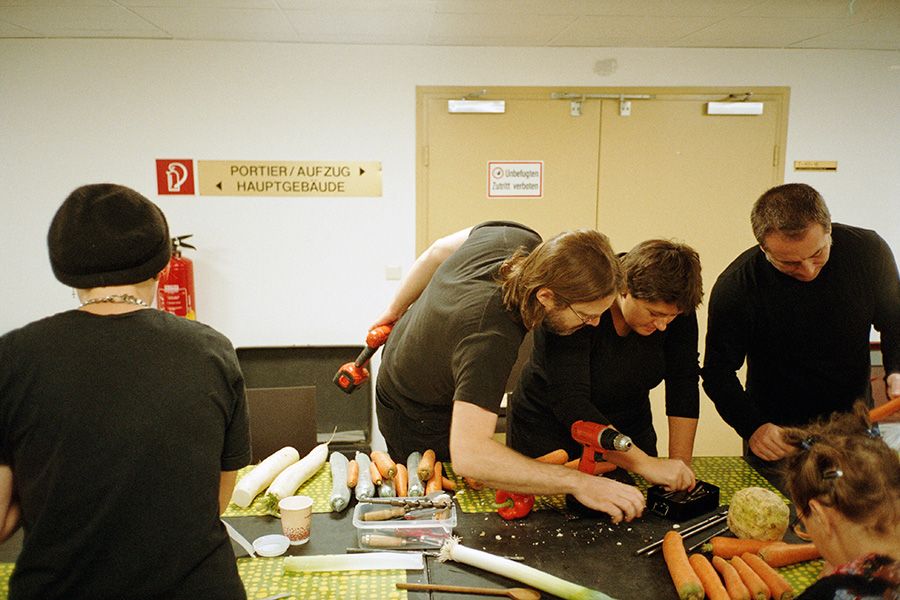



Naschmarkt
Naschmarkt is the biggest inner city market and thus Vienna’s most popular one. It has existed since the 16th century when it was more of a farmer’s market offering aliment for the daily need. Its name and expansion have changed several times since then. The area carries the signature of the famous architect and urban planner Otto Wagner and was intended to become his biggest showcase. After he regulated and canopied the river Wien (so Naschmarkt could spread on the newly won surface on the roofed river), Otto Wagner looked to transform Wienzeile, which runs along the right and left side of river Wien and Naschmarkt from Karlsplatz to Schloss Schönbrunn, into a spanking boulevard. The outbreak of World War I eventually frustrated further constrution projects. Some grand art-nouveau apartment buildings along Wienzeile (Wienzeilenhäuser) give an idea of the resplendent, but unrealised plan at the turn of the 20th century. The assortment of goods sold at the market grew and grew and the market became well-known for its exotic titbits. The term Naschmarkt, meaning market for eating titbits, was born. In addition to local products, international food from the former Yugoslavia, Greece, Turkey and from East Asia can be consumed here. Apart from the traditional market stalls, there are an increasing number of small-sized restaurants, trendy bars and well-attended cafes. Naschmarkt is very much alive, a tourist hot spot and still a superb place to snack. Most activity is on Saturdays when adjacent to the food market Vienna’s most popular flea market takes place. Naschmarkt is closed on Sundays, although there’s been ongoing discussion about a liberalisation of opening hours.